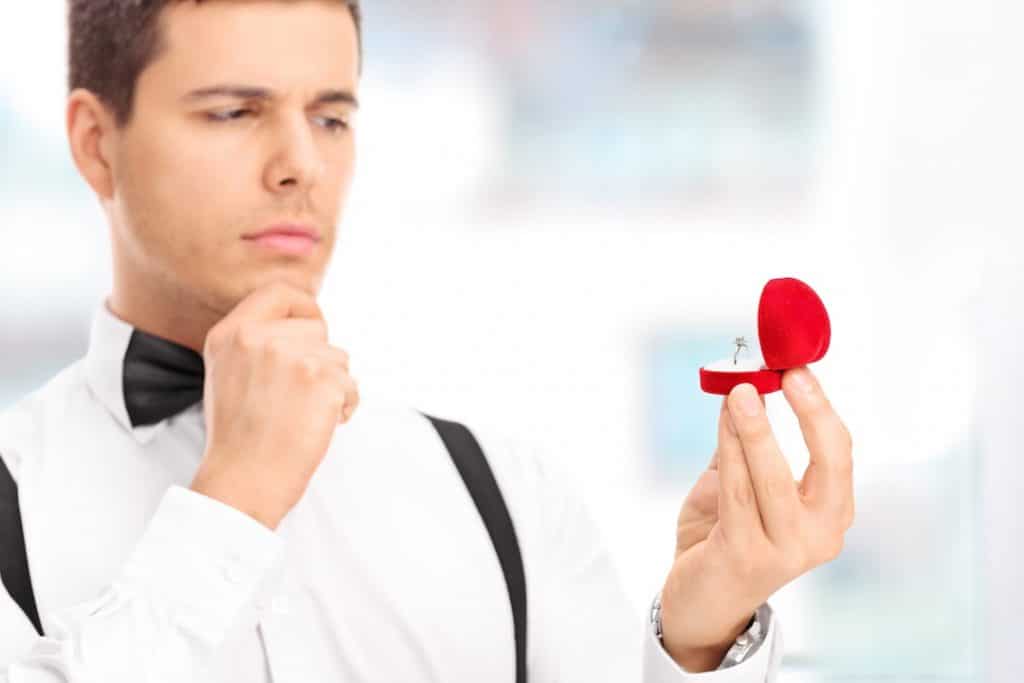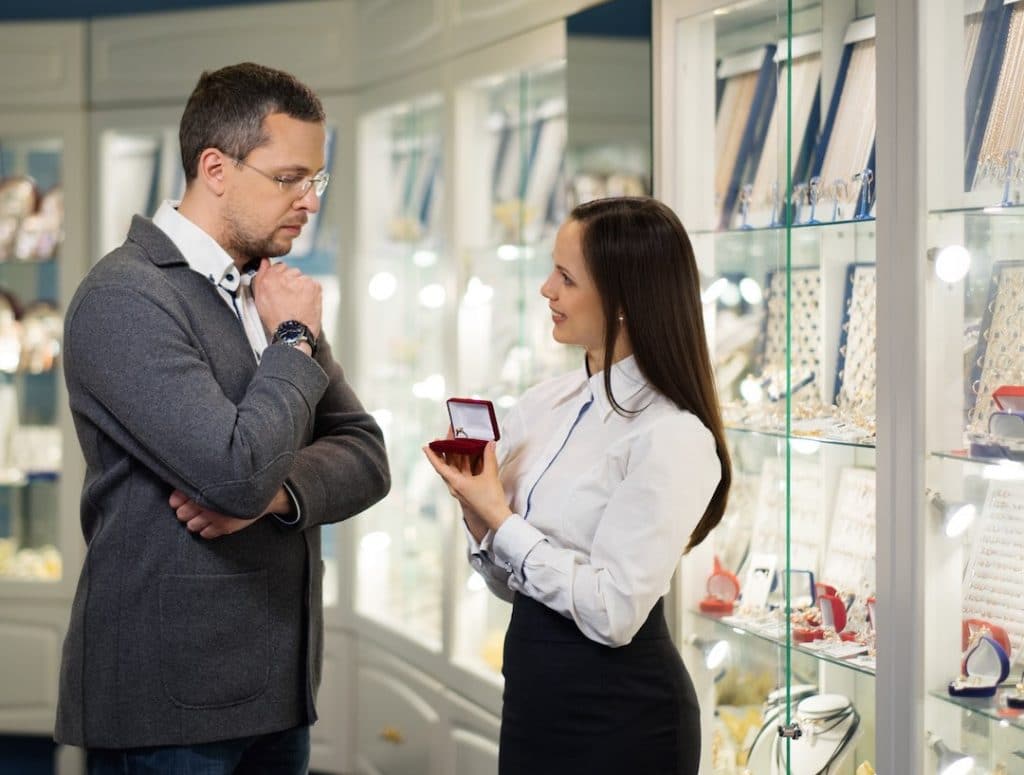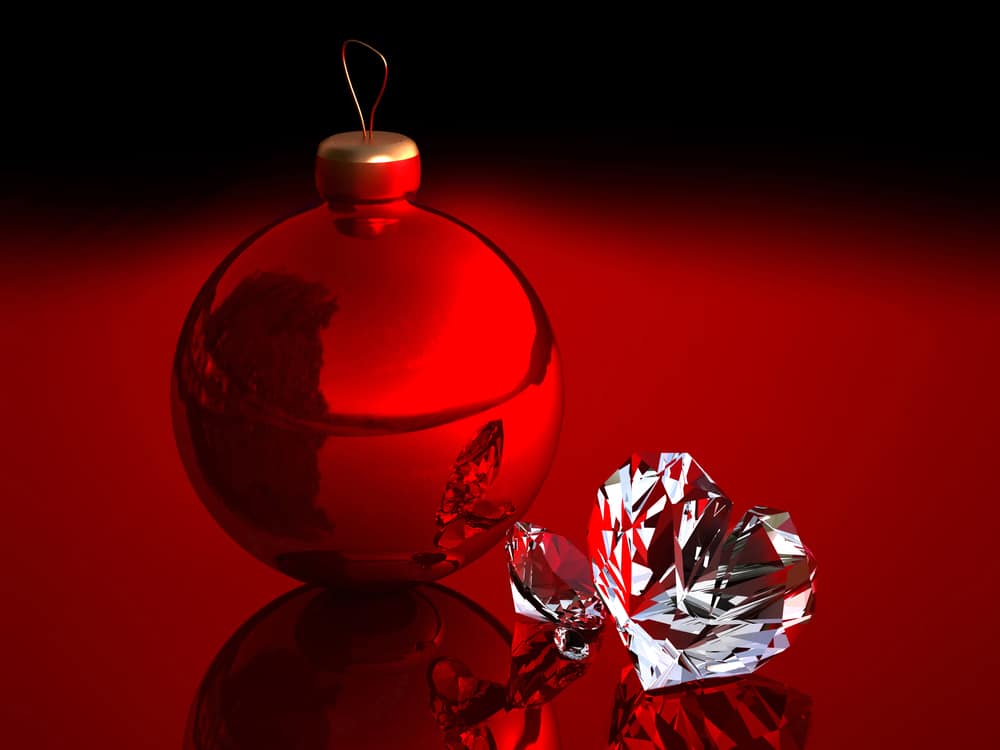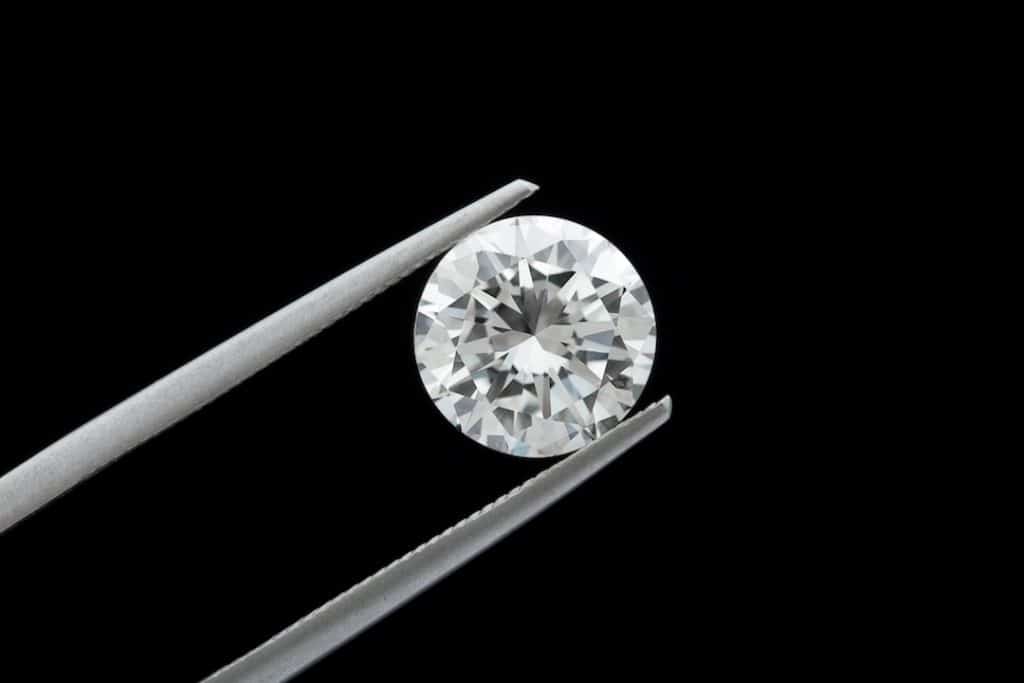Choosing the right diamond for your engagement will depend on several factors. The cut and carat weight of the stone are important, but there are many other things you should consider, too. While most people go for a round cut, a princess cut, or a cushion cut, these can also be beautiful options. Remember, however, that the carat weight will not necessarily determine the quality of the diamond. The carat weight of a diamond will depend on your budget.
With so many ring designs and jewelry stores out there, choosing where and how to buy the perfect engagement ring can be overwhelming. After all, this is one of the biggest purchases you can make, so make sure you want to get it right. Not only can these purchases be costly, you also want your partner to love you as much as they love you.

How to Purchase the Right Diamond?
When purchasing a diamond, you must consider how much the ring will cost you. A big part of the cost is the diamond itself. The better quality the diamond is, the cheaper the ring will be. Moreover, diamonds tend to last for a long time, and many people do not want to spend more than they can afford. When you’re buying an engagement ring, you should look at its price and the size of the diamond. If you are planning to give it as a gift, you can also choose the diamond’s color, clarity, and cut.
While buying a diamond for engagement can be expensive, it is important to choose a reputable vendor who can provide you with the right information about the stone’s quality and value. You can check GIA’s website to locate retailers who have GIA-graded diamonds and trained staff. Make sure you insist on a diamond grading report when buying a diamond for engagement. Obtaining a GIA grading report can remove any uncertainty about the stone’s condition and whether or not it has been treated or cut.
Know the 4Cs: Cut, Carat, Clarity, and Color
You may have heard of the official Four C diamond grading system that has entered the mass market. Here’s a quick breakdown of what each “C” stands for and how to use that knowledge to find the best diamond within your budget.
Cut
By “cut” I mean the glossy element, not the shape of the ring. Cuts are rated from very good to poor. When diamonds are pear-shaped or oval-shaped, it is done within certain parameters so that the veneer can interact with light for maximum brilliance.
Carat
The size or weight of a diamond is measured in carats. The average diamond in an engagement ring is 1 carat or 200 milligrams (the size of an Advil tablet). By contrast, Kim K’s famous stolen emerald is worth $4.5 million and weighs 20 carats.
Clarity
Even a gemstone that looks perfect can have small black or white spots or streak defects (also called inclusions) that form naturally when diamonds form from the ground over millions of years. These minor defects determine the clarity, which is evaluated on complex scales, from complete to inclusive. The smaller it is, the less inclusions are visible, the higher the price.
Color
Diamonds come in many colors, but the rarest is colorless. Paints are graded from D (undyed, most expensive) to Z, which looks yellow. Recently, the so-called fantasy colors, such as pink, yellow and brown, have been in fashion. The higher the saturation, the more valuable the gem.
Pick your Shape
The type of diamond you choose should speak to your individual style .Here’s a brief overview of the most popular shapes:
Round: It’s the most sought-after shape and best highlights a diamond’s brilliance.
Oval: This shape complements long, lean fingers.
Emerald: Its large facets showcase excellent clarity. (See: Beyoncé and Amal Clooney.)
Asscher: A square emerald that has an art deco feel.
Cushion: Created in the 1800s, this vintage style is predominantly square with rounded corners.
Princess: The broad, flat-top, and pyramidal shape make a stone look larger than it is.
Marquise: This long, tapered style maximizes carat size.
Pear: A round-marquise hybrid looks extra delicate on a light, thin band.
Find Ways to Save
No two diamonds are the same; prices differ based on cut, carat, clarity, and color. To get the most bling for your buck, consider these tips:
Choose a 0.9-carat stone rather than one carat (or 1.9 carats instead of two). The difference is nearly imperceptible but could save you as much as 20 percent.
Compromise on color and clarity. If you’re willing to compromise on color and clarity, you can get a larger stone. “My clients come in wanting an F color with very slight inclusions, but soon realize they can lower the quality to get a larger size or spend less money at the same carat weight,” Gottlieb says.
Pick a lower-clarity stone with a brilliant cut. Its many facets will hide imperfections,
Lawler-Trustey says. If you’re after a step-cut stone (Emerald or Asscher), choose clarity
over color: These styles are cut to have wide, flat “tables” so even the smallest imperfection can be completely visible to the naked eye.
Factor of Shape
Another factor to consider when selecting a diamond is its shape. Round brilliant diamonds are the most popular cuts for engagement rings. While princess cuts are less popular than round brilliant diamonds, they give your ring a more regal look. Another shape you should consider is the oval cut. These diamonds are modified round brilliant diamonds and have an old-fashioned feel to them. If you’re thinking about buying an engagement ring, consider these factors to make the process as seamless as possible.
Choice of Metal
The choice of metal for the engagement ring can make a big difference in the overall look of the ring. White gold and platinum are popular options, as they create a sleek and modern look. If you’re buying a near colorless diamond, a white gold engagement ring is a great choice. A white gold ring is more likely to highlight the diamond’s colorlessness, while a yellow gold ring may make it look yellow.
Solitaire Diamond
When choosing an engagement ring, think about where she is likely to wear it. A solitaire diamond is a classic option, exuding charm and a sophisticated vibe. However, if you want to add a dash of elegance, consider side stones. Channel or pave set diamonds on either side of the center stone are both popular choices. You can even add colored gems to the side stones. In the case of side stones, however, you must ensure that the side stones match the center stone and are the same color, clarity, and cut.
Signet has added a few man-made diamond collections this year, too. Its “True lab-created Diamonds by Vera Wang” collection for Zales includes 16 styles of engagement rings. Signet also has the “LEO Legacy” lab-created diamond collection, which has twenty-one engagement rings and bands. Unlike natural diamonds, lab-created diamonds are rated with the same standards as mined diamonds. Despite the differences between the two, consumers still prefer natural diamonds for their engagement rings.
Conclusion
Depending on the size of the diamond you choose, you can choose from a variety of shapes, sizes, and carat weights. Although the average diamond for engagement rings in the United States weighs around 1.0 carat, you can also choose a 0.3 carat stone or a three-carat diamond, depending on your budget and her taste. It is important to remember that diamonds are forever, so choosing the right diamond for an engagement ring will make your engagement even more memorable.
Don’t worry if finding the perfect expression of your love and devotion is onerous. We’ve created a handy buyer’s guide to take the stress out of finding your engagement ring. Here is everything you need to know to get the perfect ring that your love will cherish forever.







